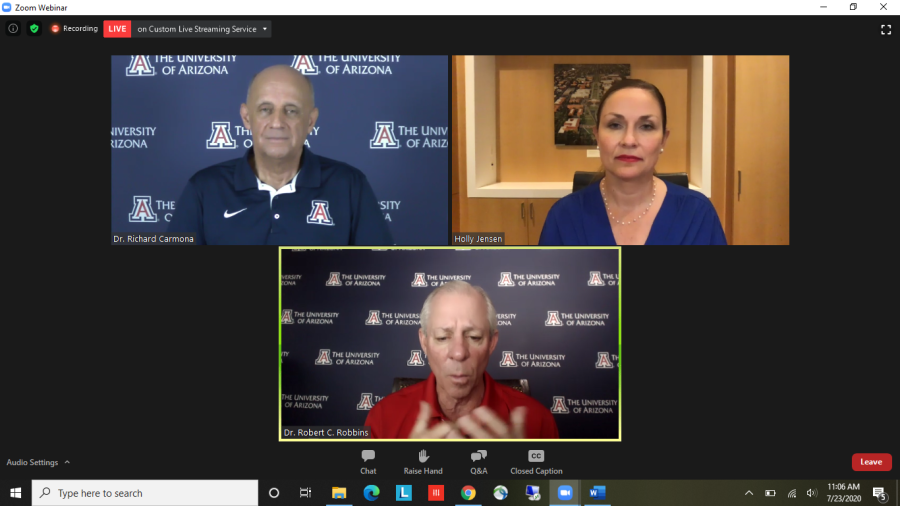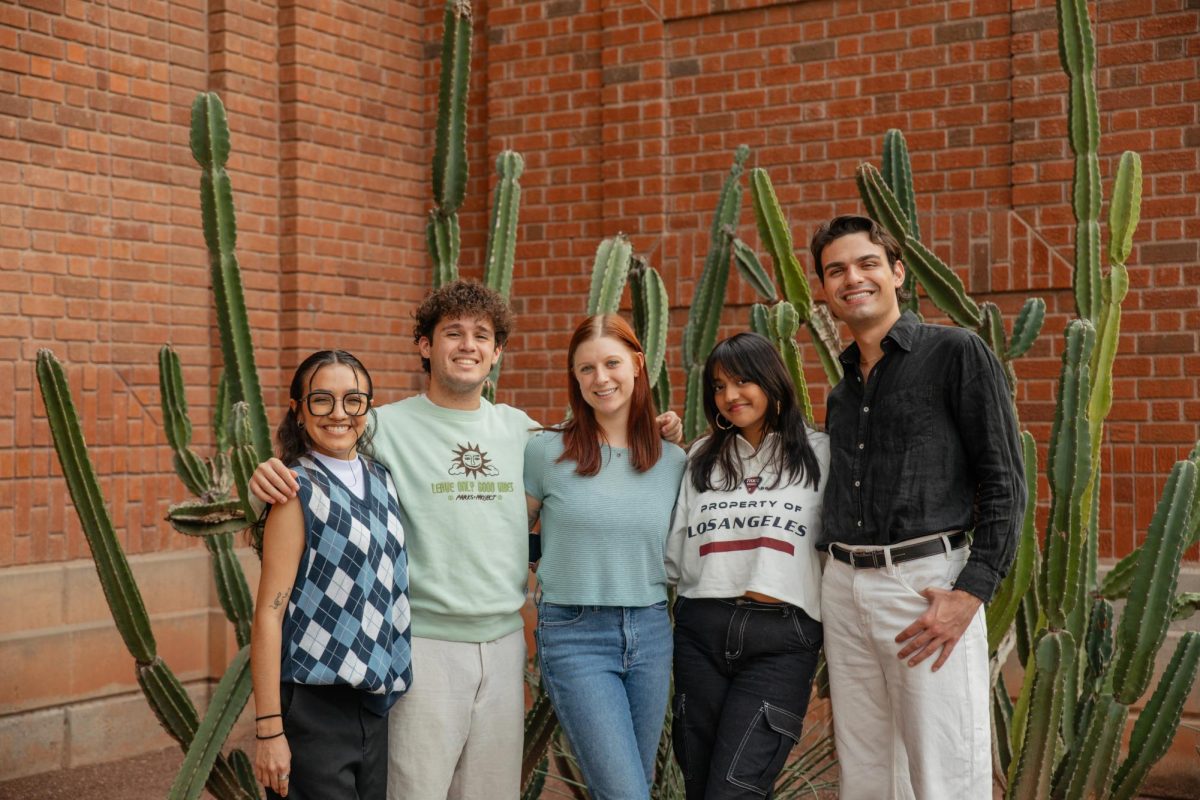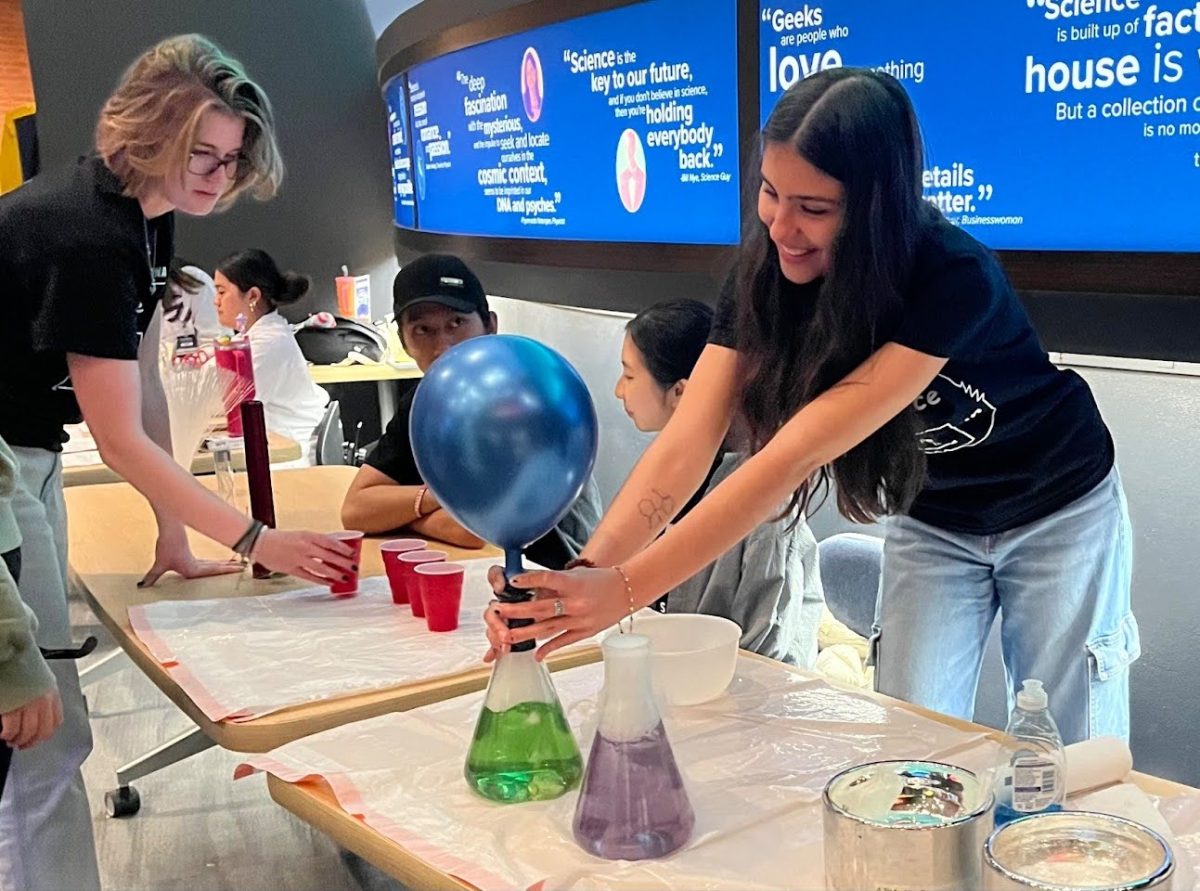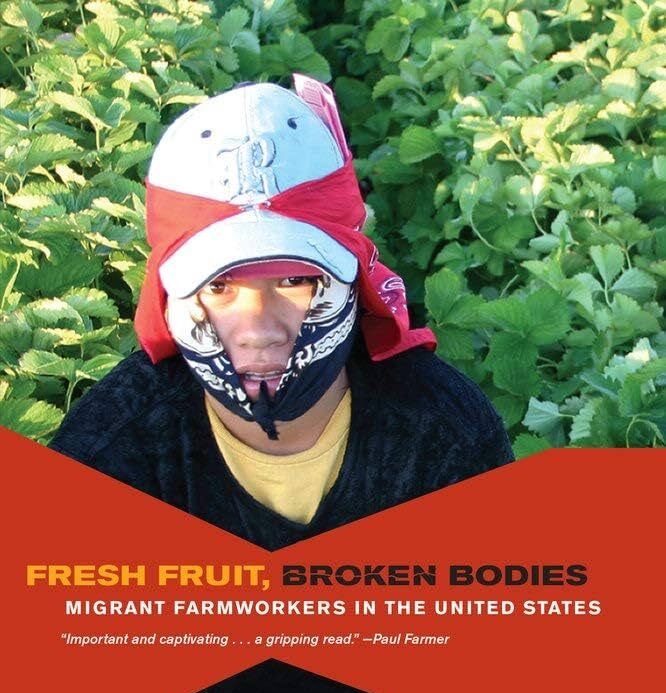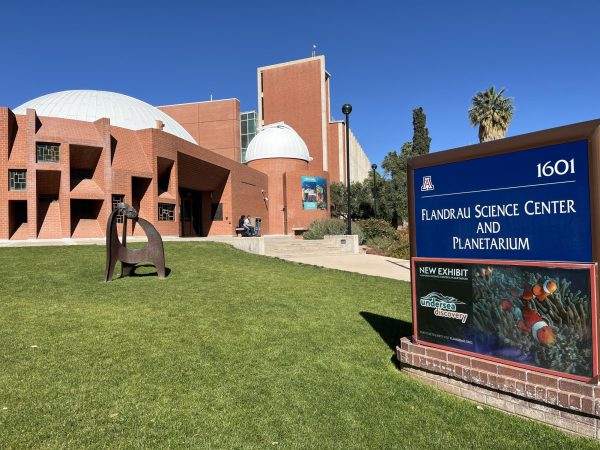University of Arizona President Dr. Robert C. Robbins announced the official return of in-person class in a July 23 press conference for the upcoming fall semester.
During the briefing on campus reentry, Robbins, alongside Reentry Task Force Director Dr. Richard Carmona, confirmed that the return to campus plan will be largely dependent on the university’s effort to “Test, Trace, and Treat” the entire campus community.
RELATED: Keeping your mental health and wellness during the pandemic and quarantine
“We are working to provide an environment that produces simply the best testing, tracing and treatment options for students, faculty and staff,” Robbins said.
Robbins and Carmona said that testing will be integral to any attempts the university makes at reentry.
“We have to test, and we will test frequently at the University of Arizona,” Robbins said. “That’s the only way we can find out how to contact trace, and how to isolate.”
Three types of testing were announced to be offered: polymerase chain reaction testing, antibody testing and antigen testing.
PCR molecular testing, the most accurate and widespread way to mass test for coronavirus, was announced to be offered through Campus Health for those showing symptoms or who have been in contact with a positive case of COVID-19.
Carmona and Robbins emphasized the necessity of volume and rapid turnover for these tests, which will be crucial in helping the university’s testing and tracing efforts.
“We are still very dissatisfied with the degree of testing we have, and we want to increase that testing for obvious reasons,” Carmona said. “We have three tests, the PCR test, the antibody test, the antigen test, and we are going to allocate these tests appropriately at the university.”
Robbins said while PCR tests can take up to ten days, the university is committed to having the tests ready in two to four days.
PCR testing will be made to the university community only, through appointment at Campus Health, according to Robbins and the Campus Health website.
RELATED: COVID-19 patients no longer need tests to end isolation, CDC says
Antigen testing, a method targeted at detecting proteins from coronavirus, will also be offered from the university — specifically for students and incoming freshmen who are planning to live on campus, according to the reentry press conference.
“All of our students living in our dormitories on campus will receive an antigen test at the McKale Center prior to moving into their dorm,” Robbins said. “If a student tests positive, she or he will be required to isolate for a 10-day period in a designated isolation facility or space. This safety precaution is a critical step to mitigate the spread of COVID-19.”
Antibody testing will be widely available to the campus and Tucson community on designated dates through the State of Arizona’s COVID-19 Antibody Testing Initiative.
Contact tracing, a process that helps identify the spread of the virus through tracking transmission and contact of positive cases, is the next step crucial to campus reopening.
Dr. Kristen Pogreba-Brown, assistant professor of the UA Epidemiology and Biostatistics Department and lead of the Student Aid For Epidemiological Response program, commented on the vitality of contact tracing in a May 4 interview with Robbins, “Contact tracing is going to be extremely important for reopening. The first part of contact tracing is case investigations, which is what a large part of my team is already doing.”
Pogreba-Brown’s SAFER team is leading the campus’ tracing efforts. Tracing on campus will be reliant on her teams’ investigations and on community engagement through Google and Apple apps being developed by the state of Arizona.
“The state recently rolled out an app, where people who have been in contact with a positive case, they can enroll in a program that tracks their symptoms,” Pogreba-Brown said.
Yet a large part of testing will still be traditional, depending on self-reporting and investigations of positive cases.
“You find out about their risk factors, their symptoms, and you ask them who they were in contact with, and when they were in contact with them,” Pogreba-Brown said. “The goal is to get their information, in order to reach those other people, and check to see if they have symptoms.”
She emphasized that brief interactions are not enough contact for transmission; “less than six feet, for 10 to 15 minutes.”
Self-reporting by the campus community, Pogreba-Brown noted, will still be paramount for contact tracing efforts.
“What’s going to be important is that people recognize the fact that we haven’t had this type of contract tracing in our era,” Pogreba-Brown said. “We’re going to need people to be patient, and compliant to help stop the spread. It’s really important for people to reach out to the people they have been around when they are a known case.”
Robbins also hinted at random testing from a surveillance team headed by Dr. Cecilia B. Rosales, the university’s chair of the Division of Public Health and neurologist Dr. Michael Hammer as a part of campus community testing and tracing efforts.
“[Rosales] and [Hammer] have devised a surveillance plan that will be used to randomly test and surveil the population across campus throughout this academic year,” Robbins said. “What we are trying to find with this program is the asymptomatic students and staff, who have no clue they are vectors who can infect other people.”
Less information was given by university officials on what “treatment” means for the campus community. Arizona’s COVID-19 response page detailing “Test, Trace, and Treat” procedures stated “The University of Arizona will treat any student(s) who has tested positive for COVID-19 infection, and those who may have been infected, with wrap-around supports. This detailed plan is in development.”
What is known however, is that isolation will be a large part of treatment, especially for those living on campus. Designated dormitories are to be isolation spaces for on-campus students who test positive for COVID-19, where they will be required to reside for 10 days, as Robbins stated during the July 24 press conference.
Robbins echoed his commitment to students in isolation.
“I am committed to visiting students in these areas to ensure that we are properly caring for them, as well as to better gauge their internal environment,” Robbins said.
Carmona and Robbins were adamant in stating that the return to campus will be very abnormal for students, faculty and staff, and that a large part of the reentry program’s success will be reliant on complicit behavior from the entire campus community.
“Without engagement and compliance by all who attend this university, we cannot sustain this reopening … We want you to accept and create this new world that we need to be able to keep our university, and all academic institutions around the country open,” Carmona said. “However, there is no risk-free environment in this country today, period.”
Follow Ian Tisdale on Twitter



